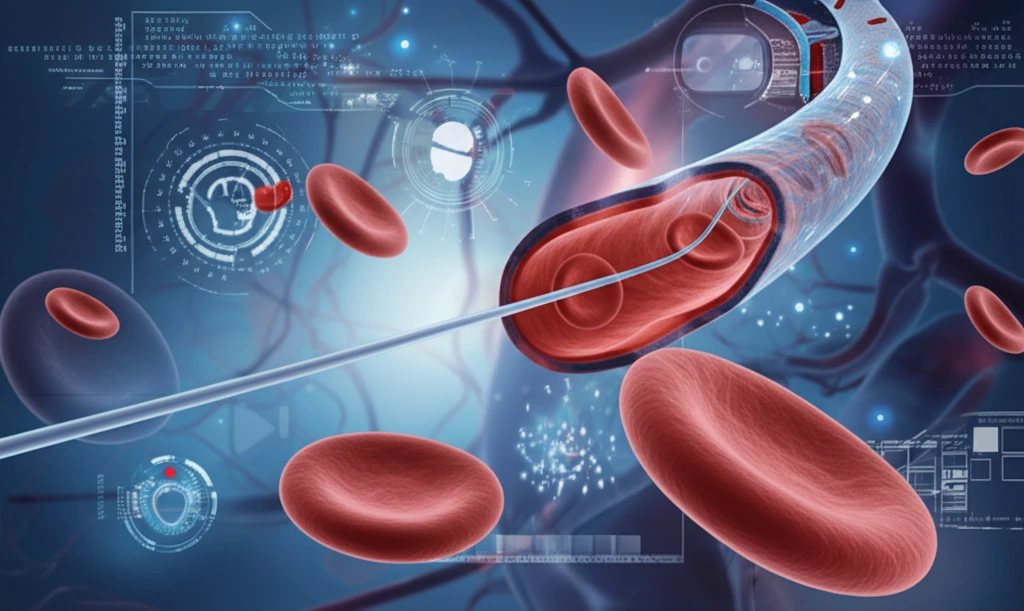
Unlocking Stroke Treatment: Why Balloon-Guide Catheters are a Game Changer
"Discover how balloon-guide catheters are revolutionizing mechanical thrombectomy, improving outcomes and redefining stroke care."
Stroke, a devastating condition affecting millions worldwide, demands swift and effective intervention. Mechanical thrombectomy, a procedure to remove blood clots from the brain, has emerged as a life-saving treatment for many stroke patients. However, the success of this procedure hinges on managing blood flow within the brain's arteries during the clot retrieval process.
For years, medical professionals have debated the best approach to manage blood flow during mechanical thrombectomy. The discussion centers around two main tools: balloon-guide catheters (BGCs) and large-bore sheaths. Both aim to control blood flow, but their effectiveness varies significantly. This article explores why balloon-guide catheters are increasingly recognized as essential for optimizing stroke treatment outcomes.
Recent research sheds light on the superior capabilities of balloon-guide catheters in achieving flow reversal – a critical step in preventing further complications during thrombectomy. By understanding the mechanics and benefits of BGCs, stroke patients and their families can be better informed about the latest advancements in stroke care.
Why Flow Control Matters in Stroke Treatment

During mechanical thrombectomy, controlling blood flow in the carotid artery is paramount. The primary goal is to prevent dislodged clot fragments from traveling further into the brain, potentially causing new blockages and additional damage. Effective flow management ensures that any released debris is safely aspirated out of the body.
- Reduced Risk of Distal Embolization: Effective flow control minimizes the risk of clot fragments traveling to smaller brain vessels.
- Improved Clot Retrieval: Controlled flow allows for more complete and efficient removal of the primary clot.
- Enhanced Patient Outcomes: By preventing further complications, flow control contributes to better overall recovery and neurological function.
- Safety and Effectiveness: Proper flow management enhances the safety and efficacy of the thrombectomy procedure.
Empowering Patients Through Knowledge
The information presented underscores the importance of informed decision-making in stroke treatment. Patients and their families are encouraged to discuss the benefits of balloon-guide catheters with their medical teams, ensuring they receive the most advanced and effective care available. By staying informed and proactive, individuals can significantly improve their chances of a positive outcome following a stroke.
